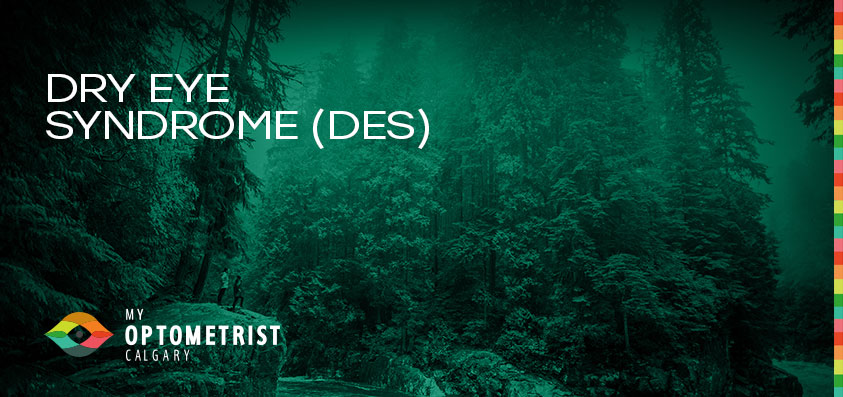

Tears are necessary for overall eye health: they moisten the eye, keep away harmful debris, help ocular wounds heal, and protect against infection. Up to 30% of Canadians are affected by DES, of which there are two main types:
DES can be caused by a multitude of factors, including some of the following:
Since tears are an integral part of a number of ocular processes, DES can present with a wide range of symptoms. Some common symptoms include:
DES is a chronic and often progressive condition, and may not be completely curable. However, DES can be managed successfully, resulting in improved comfort and sometimes clearer vision as well. Because DES has a number of causes, treatment options vary from patient to patient, and may include:
My Optometrist Calgary is the home of the Calgary Dry Eye and Ocular Wellness Clinic. This clinic was created to enable our doctors to thoroughly assess the health of your ocular surface, develop a customized treatment plan for you, and administer specialized treatments in office.
DES can be caused by a multitude of factors, including some of the following:
Connect With Us Today!
Our Eye Care Professionals are thrilled to serve the Calgary and Three Hills, Alberta area for over 35 years! With our main floor access, vast medical eye care services, and enhanced supplier choice and selection for frames, prescription eyeglass lenses and contact lenses, we've got you covered. Book an appointment online, come see us in person, or shop for your eye care products. Reach out today!